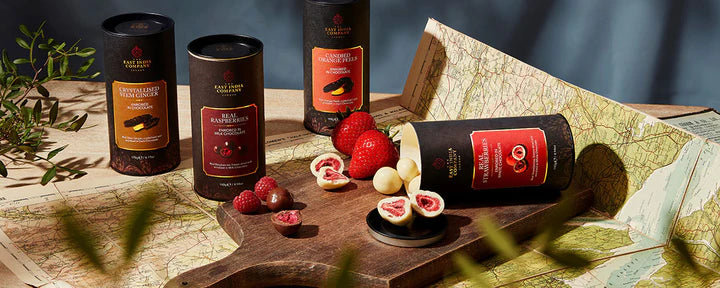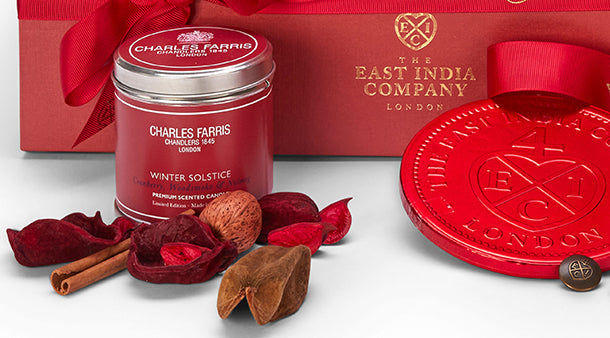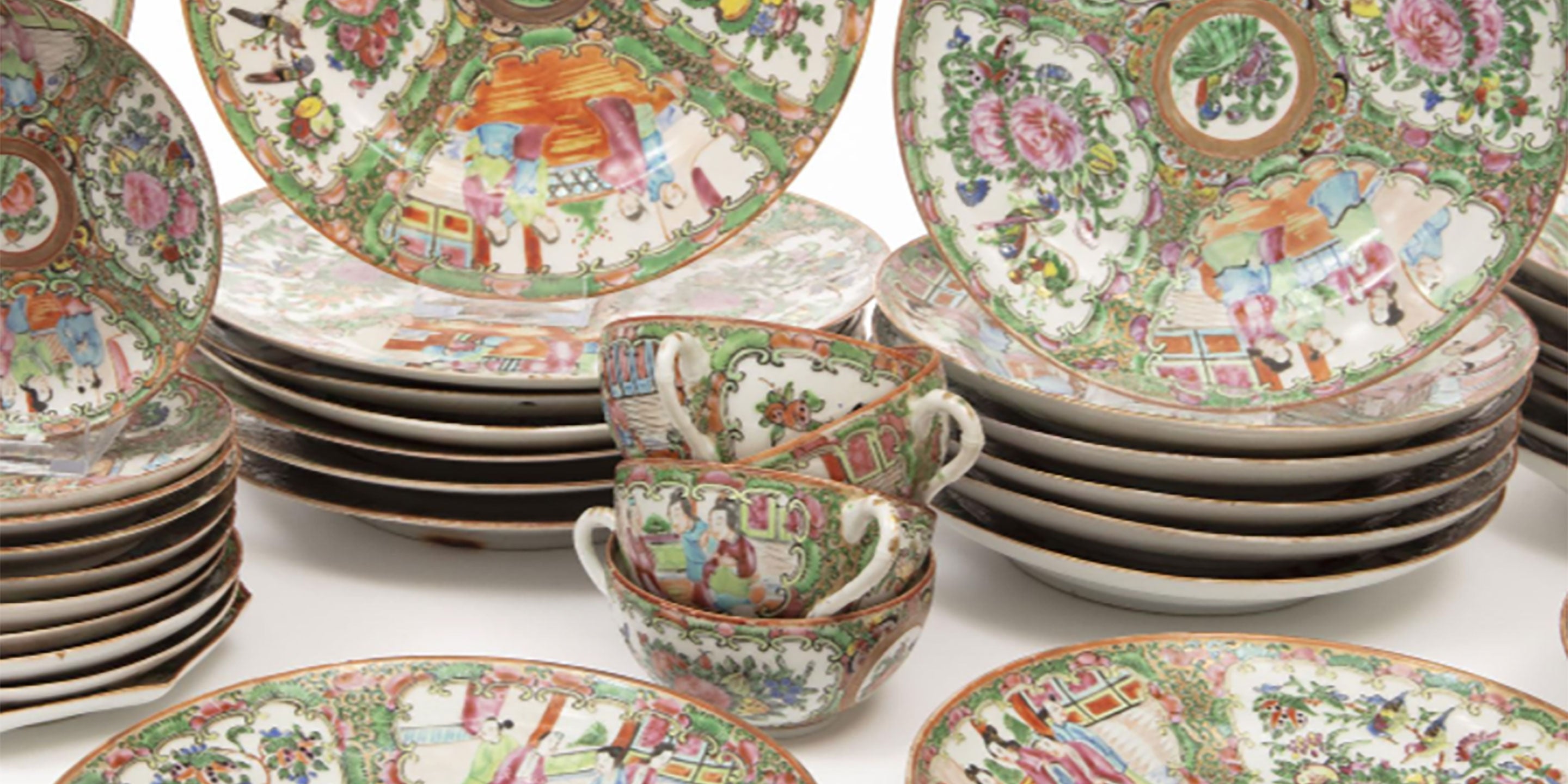The Chinese have been crafting porcelain for over 1000 years before The East India Company even arrived in China in 1637, when their east-west trading began. The opportunity was clear and up to the start of the 18th century, traditional shapes were modified for western demand, whilst retaining traditional Chinese decorations and patterns.
This porcelain was brought back to London by The East India Company pioneers and was very popular amongst wealthy customers who had some involvement with The Company, such as London merchants, ship captains, governors, and politicians.
Into the 18th century, and now instead of complementing the European market with distinctive Chinese designs, China started to compete directly with European manufacturers, making goods entirely according to western specification, in both shape and now pattern. European families could order entire dinner services emblazoned with their own coat of arms.
Tea exports from China were booming. Porcelain production too.
The two mighty commodities came together in the form of the first porcelain teapots - The East India Company started to commission Chinese designers to create teapots in porcelain, because of the durability compared to what was available in England. A longer spout that better met tea drinking habits of the Europeans changed the design of the small clay teapots created in China 200 years before.
Much is made of The East India Company’s discovery and importation of porcelain from China, yet for most of the eighteenth century it made up no more than 2% of the total annual value of The Company’s China trade.
But it was the catalyst for the British porcelain industry, which was about to take off, with consequent decline in imports from China.
What happened next? See our Story ‘Porcelain: From Chinoiserie to the Brown Betty’.
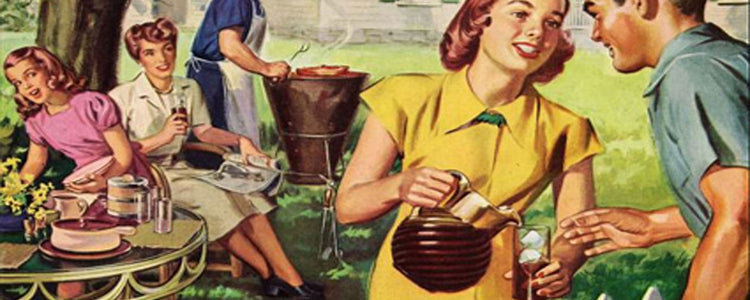
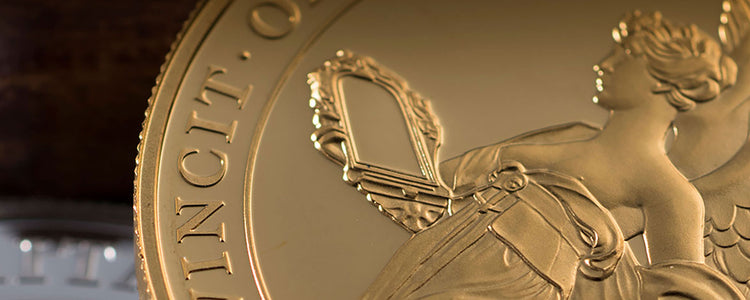
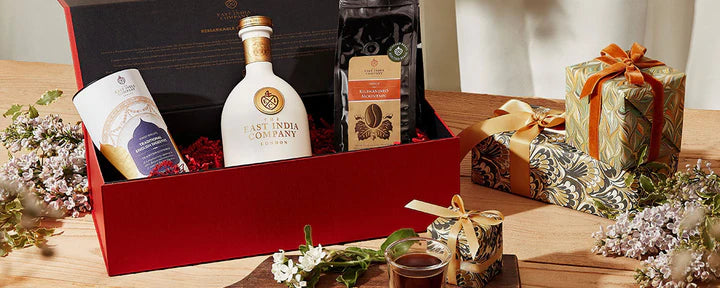
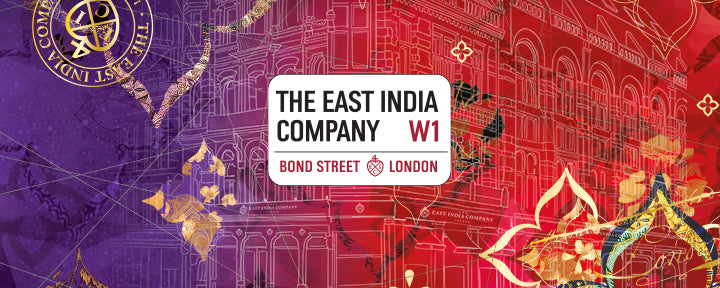
 Ceylon / Sri Lanka
Ceylon / Sri Lanka Assam, India
Assam, India Japan
Japan Taiwan
Taiwan Nepal
Nepal China
China Kenya
Kenya Egypt
Egypt South Africa
South Africa